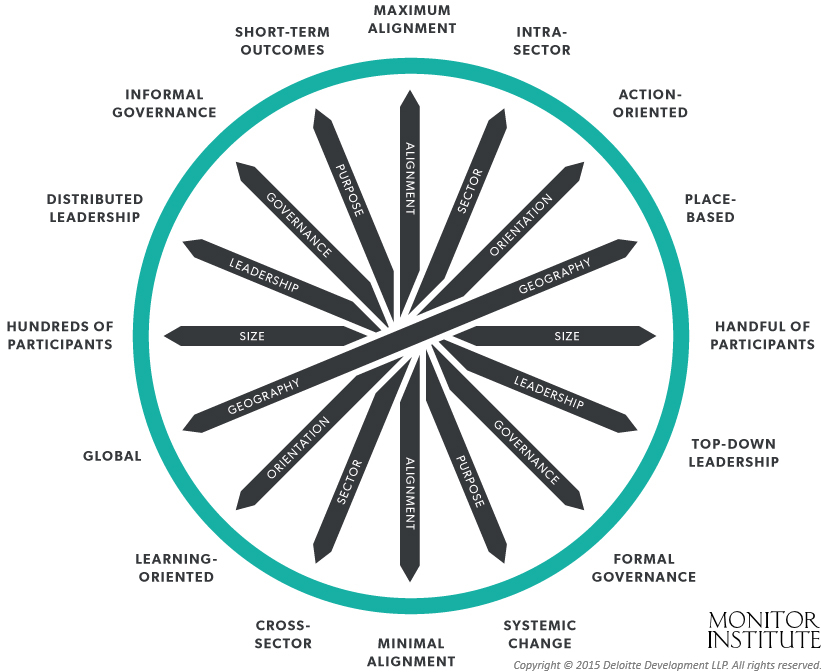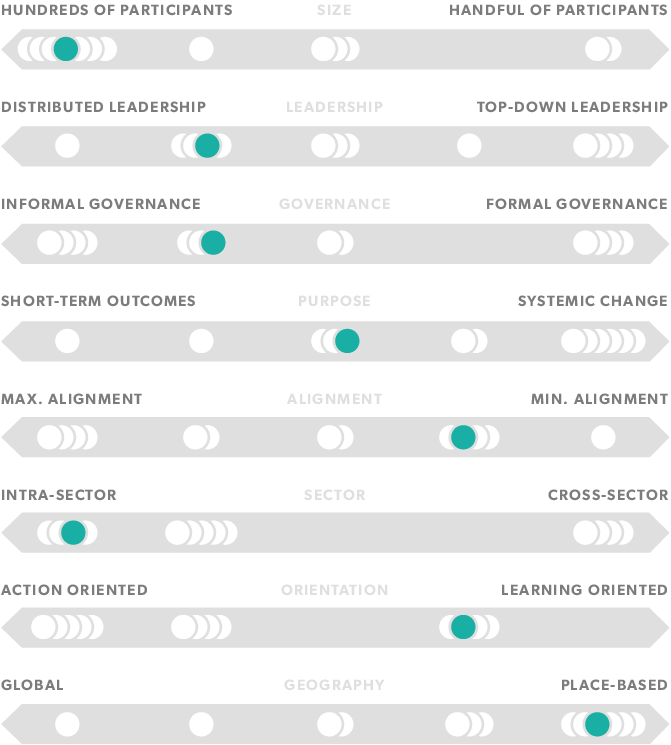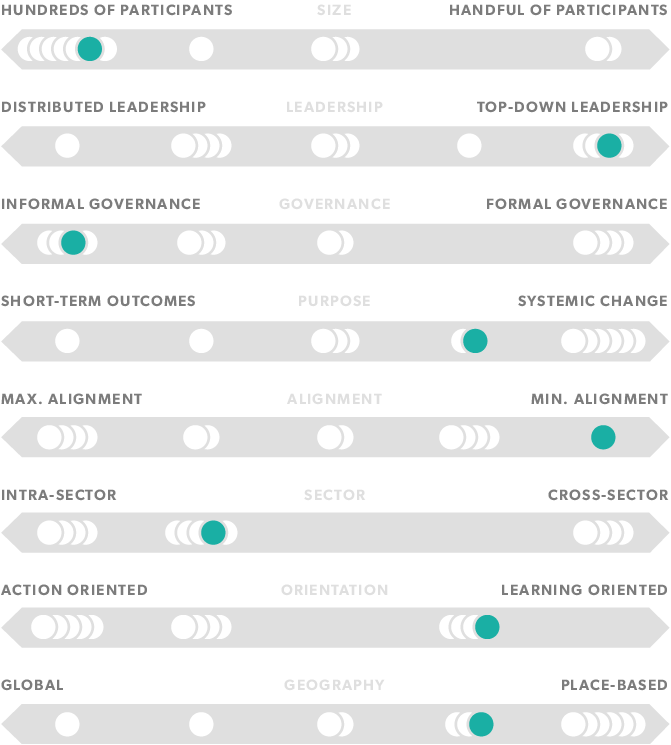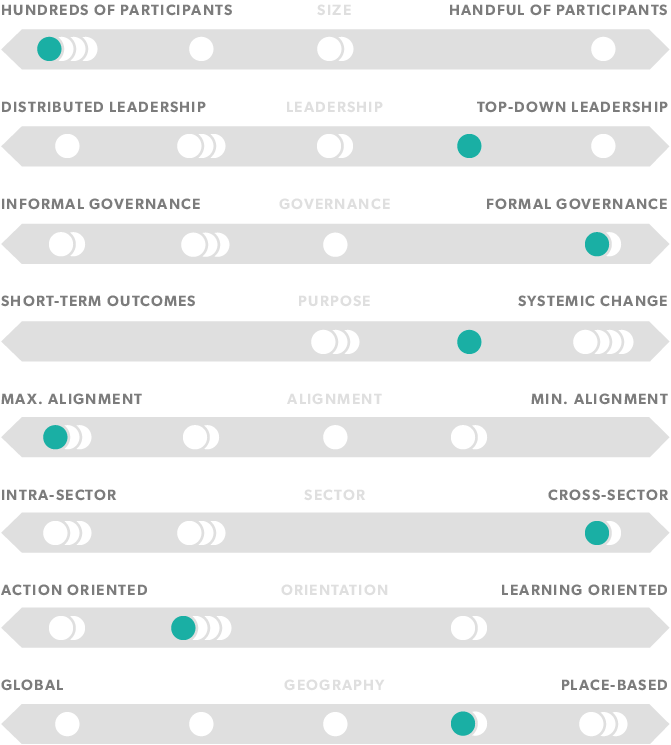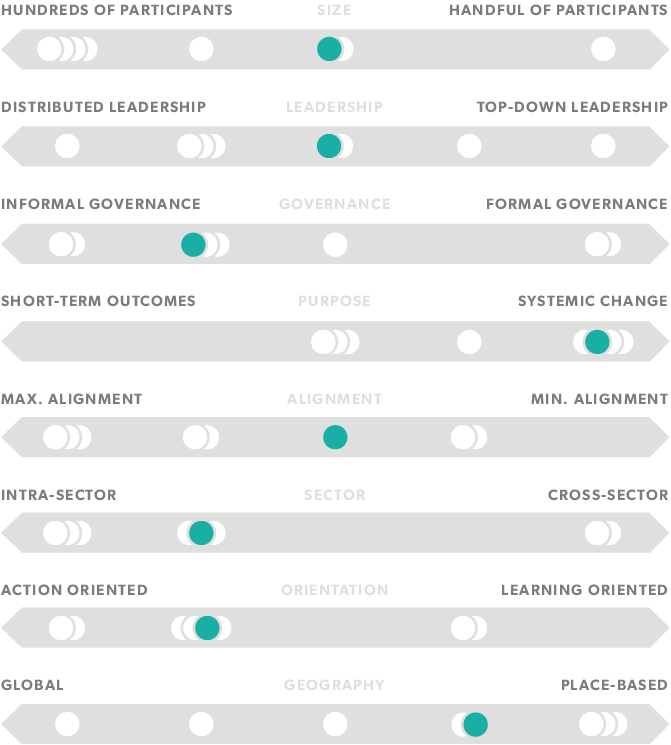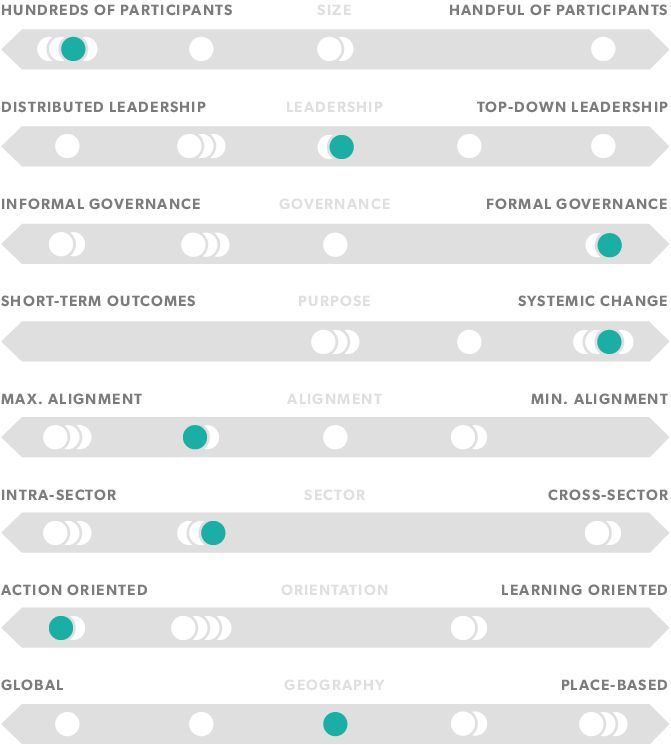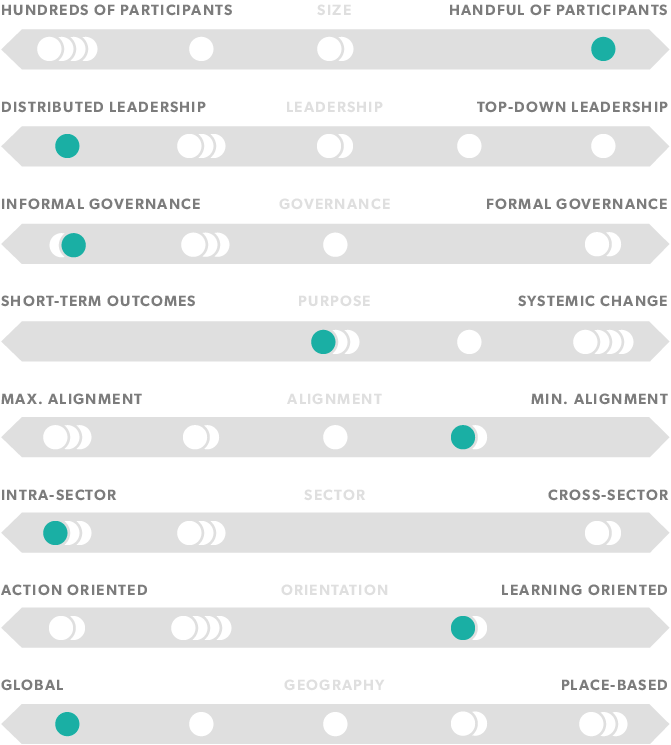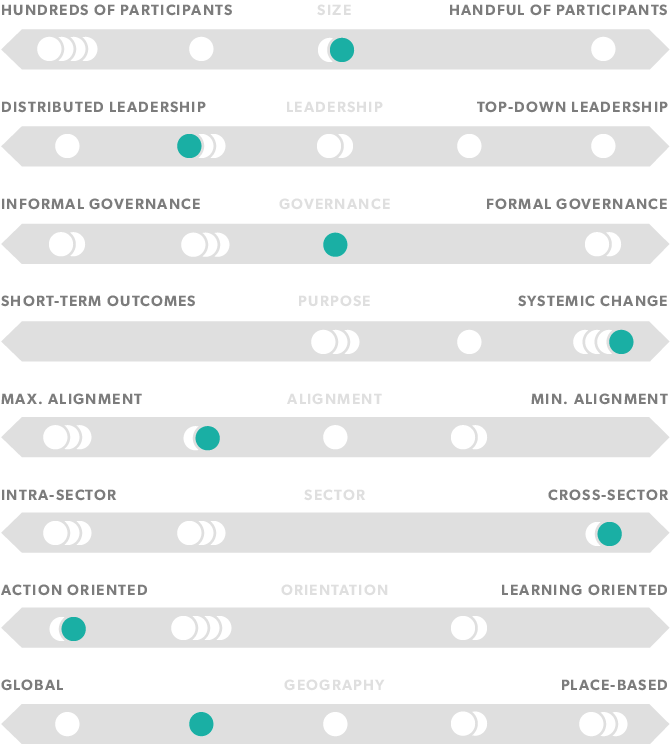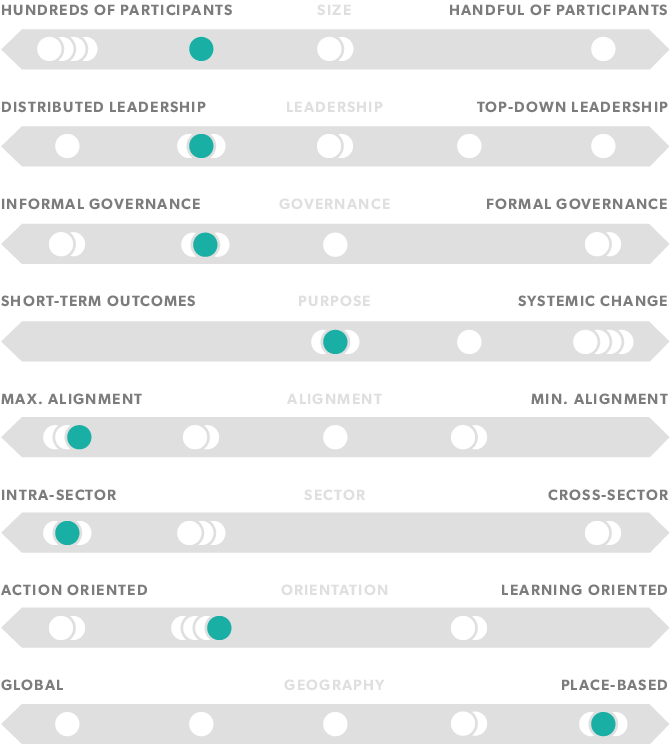The Joint Learning Network for Universal Health Coverage
Many nations now share the goal of providing universal health coverage (UHC), but as the saying goes, the devil is in the details. Each system for providing UHC is a custom-fit creation of laws, regulations, market mechanisms, and government oversight at multiple levels. In 2009 a group of global health funders held a meeting in Geneva with healthcare system leaders from four low and middle income countries, academics, and technical experts to discuss ways to advance towards universal health coverage, and what emerged was the potential for a network as the solution.
This story sketch explores how The Rockefeller Foundation engaged with the group to form a network focused on two goals: finding new ways to identify common technical problems in the move towards UHC, and creating commonly-applicable solutions that could be customized in each member country.

